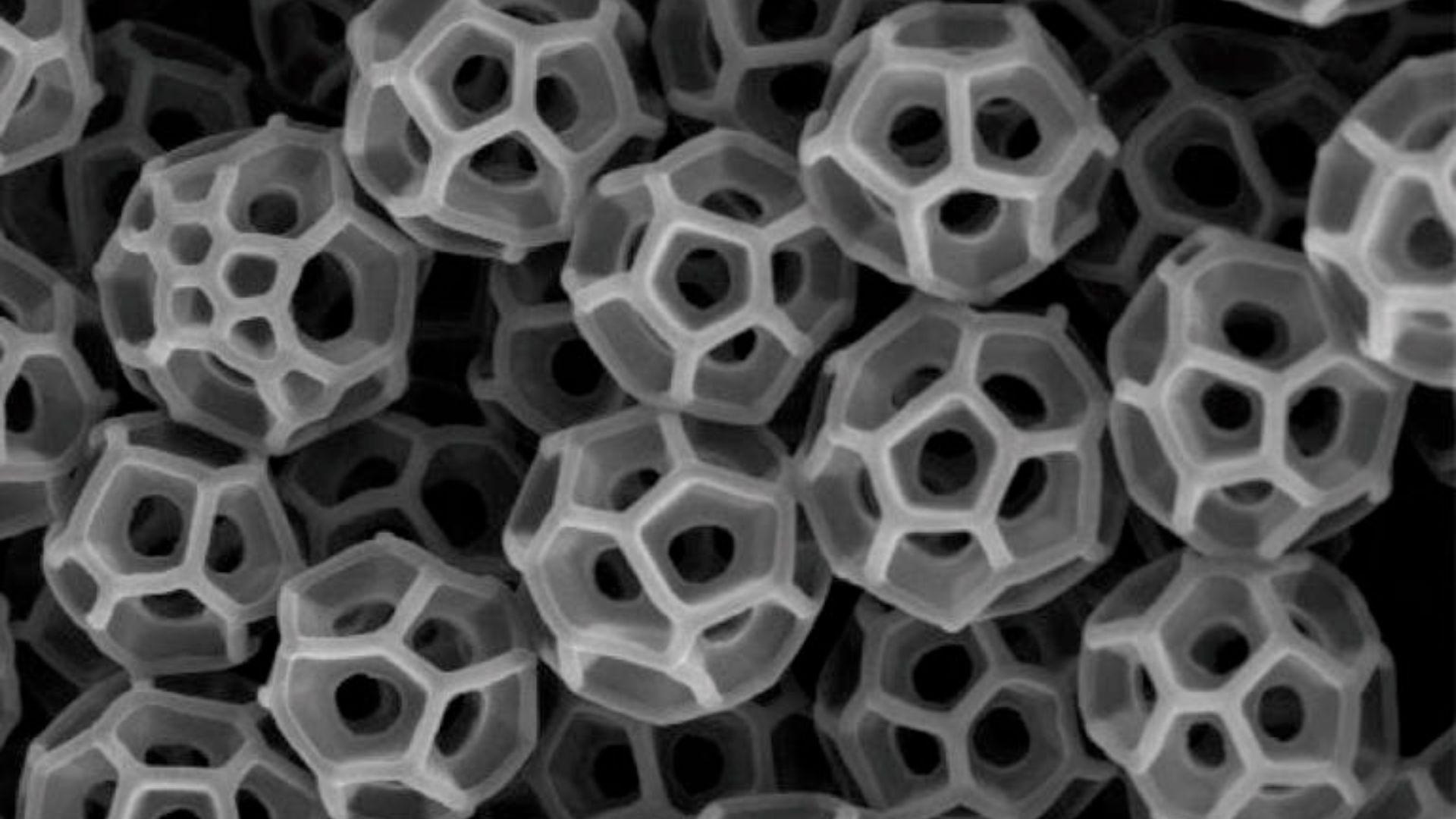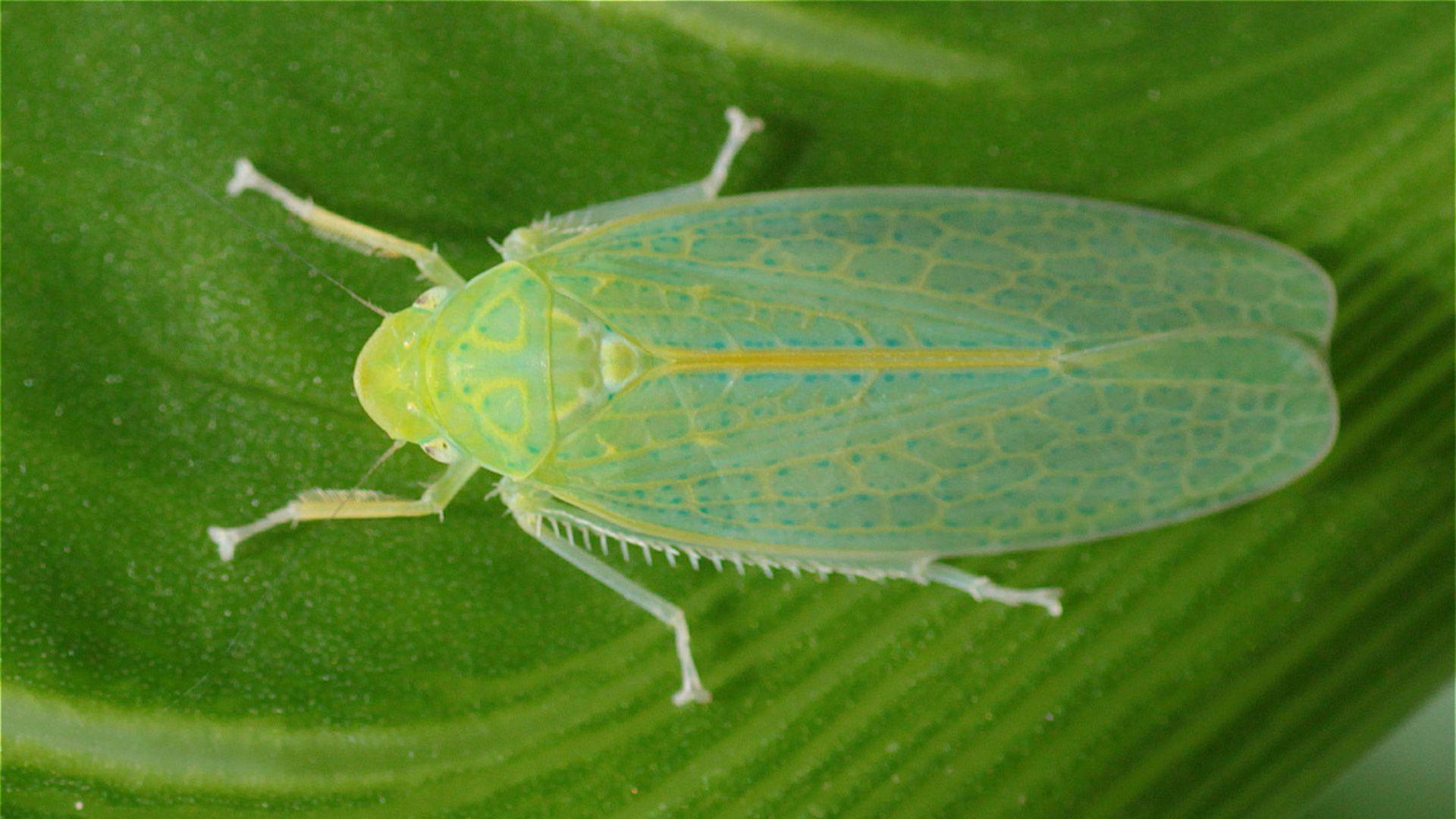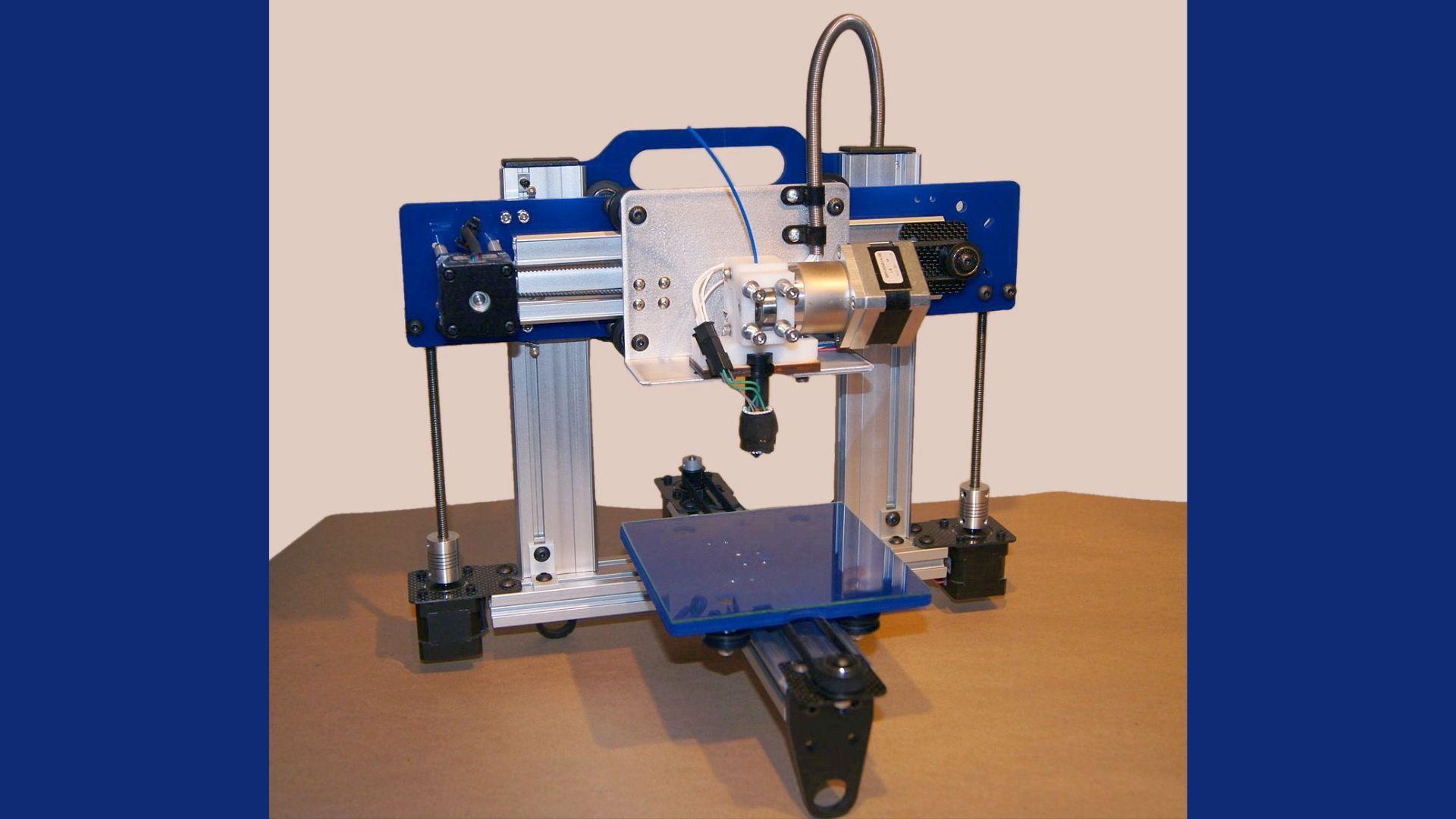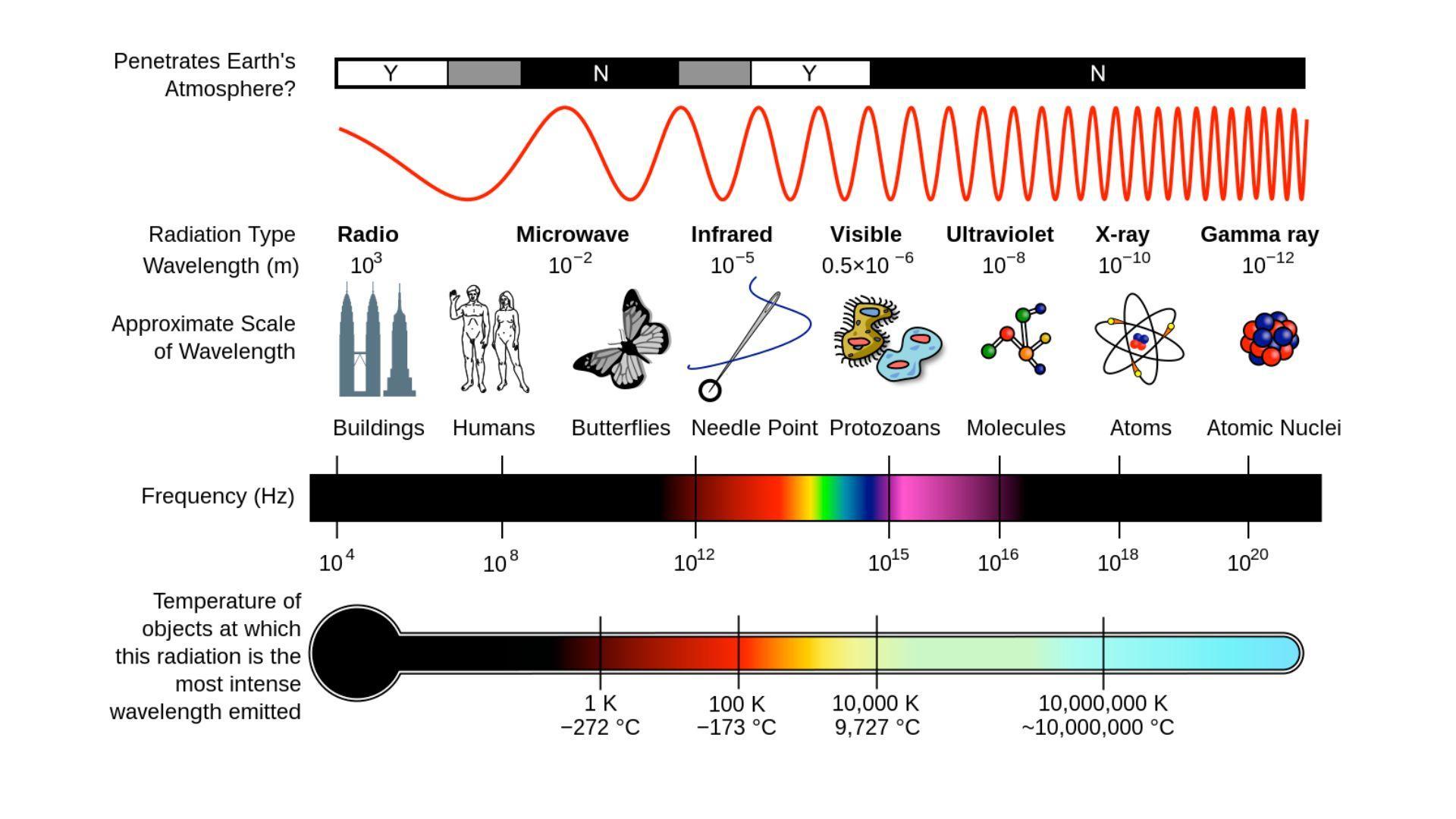Invisibility seems only possible in science fiction or fantasy media, but a group of scientists from the Pennsylvania State University have just discovered technology that could make invisibility cloaks a reality.
By looking at rare brochosome nanoparticles—which only naturally appear on a certain kind of insect—scientists are closer than ever to achieving real-life invisibility. This new discovery has the possibility to change a large variety of technologies.
What Are Brochosomes?

Brochosomes are bucky-ball-shaped, hollow nanoparticles that are covered in holes. These holes are called “through-holes” and go all the way through the particles.
The complex structure of a brochosome allows the nanoparticle to absorb or scatter certain wavelengths of light. This scattering and/or absorbing depends on the size of the brochosome and its holes.
Naturally Occuring on Backyard Bugs

This extremely rare nanoparticle is only found naturally on the back of a particular backyard insect: the leafhopper. The brochosome coats on leafhoppers were first discovered in the 1950s.
Scientists aren’t exactly sure why leafhoppers secrete and cover themselves in brochosome nanoparticles. Most likely, they help them to blend into their surroundings.
Understanding How Brochosomes Work

Until recently, scientists didn’t even understand the purpose of the brochosomes’ intricate geometry. Tak-Sing Wong, the lead investigator on the study and a professor of mechanical engineering and biomedical engineering at Penn State, said “This is really the first study to understand how the brochosome’s complex geometry interacts with light.”
To better understand the complex geometry and science of brochosomes, the research team had to figure out how to make a replica of the nanoparticle.
3D Printing Brochosomes

After almost a decade of research, Tak-Sing Wong’s Penn State research team was able to 3D print the first synthetic brochosomes.
Brochosome geometry is complicated and is the reason why the particles contain so many interesting properties. There are two important elements: the diameter of the particle, and the diameter of its through-holes.
Invisibility Properties

When a particular wavelength of light is the same length as the diameter of the brochosome, the light will be scattered in all directions when it hits the particle. When a wavelength of light is the same length as the diameter of the through-holes in a brochosome, the light will pass through the particle and get absorbed by it.
The special absorption and light-scattering properties means that brochosomes have very limited light reflection. They can make themselves and objects that they are on appear invisible over certain electromagnetic ranges.
Benefits of Synthetic Brochosomes

Synthetic brochosomes could be made at different sizes, and therefore be tailored to absorb and scatter different wavelengths across the electromagnetic spectrum.
This means that engineers could customize brochosomes for specific functions. For example, Wong’s synthetic brochosomes are the right size to appear invisible to infrared. These infrared-invisible brochosomes would be helpful for military defense.
Possible Commercial Applications

Scientists are most likely decades away from bringing invisibility technology to the masses. Hao Xin, a professor of electrical and computer engineering and physics at the University of Arizona who was not involved in the study, said that he believes the technology will take at least 50 years, but says, “I think in my lifetime, it’s possible.”
The researchers’ synthetic brochosomes are 40 to 50 times larger than naturally occurring ones, and they only interact with infrared radiation. However, brochosomes of different sizes could have many applications.
Applications in Five Years

However, Wong hopes that in just three-to-five-years, brochosome technology will be seen in many different applications. According to Wong, synthetic brochosomes could be used in pigments, solar energy, and pharmaceuticals.
For example, the European Union recently banned titanium oxide—a white pigment that is used in products from candy to sunscreen—as a food additive. Wong postulates that brochosomes could eventually replace titanium oxide in foods like candy and coffee creamers.
Invisibility Cloaking and Beyond

Wong’s research in the future will partly focus on making smaller synthetic brochosomes to target invisibility in the shorter end of the electromagnetic spectrum. One day, we may have impressive invisibility technology. Of course, invisibility is not the only use for brochosomes.
“Depending on our imagination, I think there are many cool applications that can come out of brochosomes,” Wong said. Synthetic brochosome particles have the possibility to change the world as we know it.

